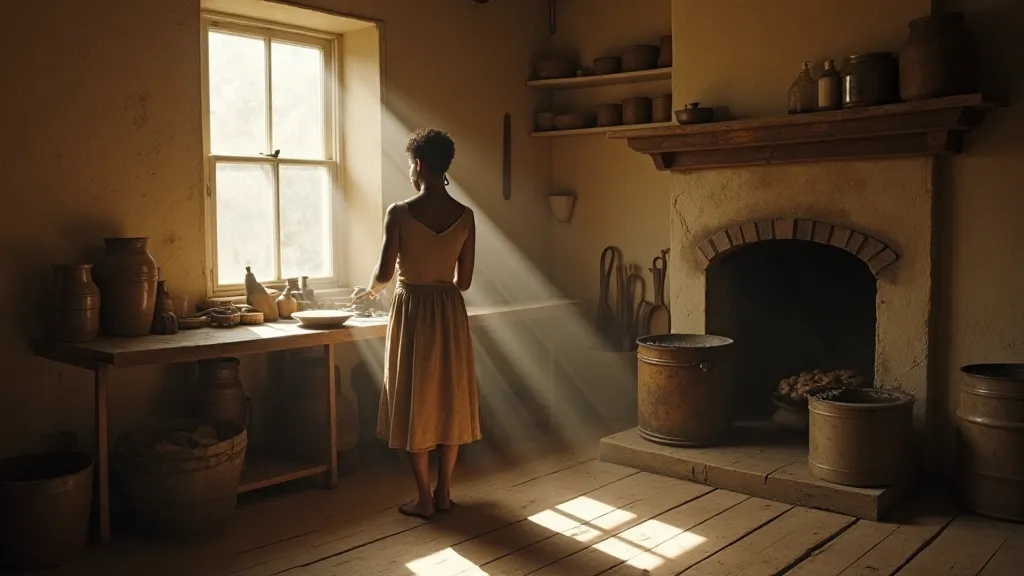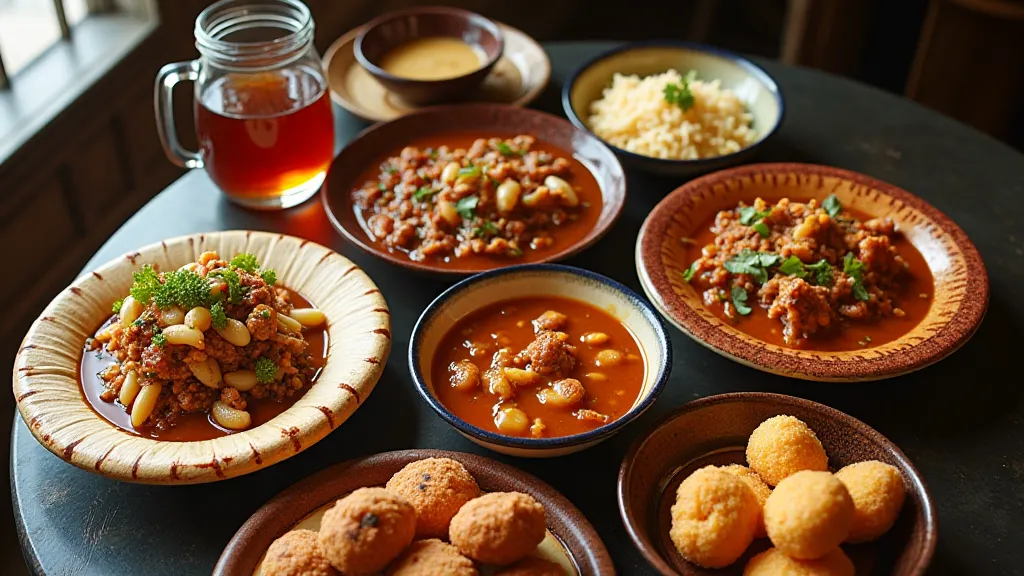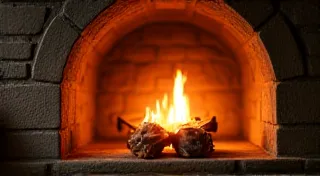Spice Routes & Silent Migrations: The Creole Palette as a Cartography of Resilience
The scent of simmering gumbo, the mournful squeeze of an antique accordion – these are the hallmarks of Louisiana Creole culture, a vibrant tapestry woven from threads of hardship, adaptation, and an undeniable human spirit. It's a cuisine, and a culture, born not of pristine heritage, but of blending, borrowing, and ultimately, reinvention. To understand Creole food is to understand a story of survival, a cartography of resilience etched onto plates and carried in melodies.
The term “Creole” itself is fraught with history. Originally denoting those born in the New World of European descent, its meaning evolved to encompass a distinct group of people – descendants of French and Spanish settlers, enslaved Africans, Indigenous peoples, and others who intermingled and built a unique identity. Their lives were undeniably marked by the brutal realities of slavery and colonialism, yet from these difficult circumstances, something extraordinary blossomed – a culinary tradition that speaks volumes about their ingenuity and connection to the land.
My grandfather, Emile, a carpenter by trade and a fervent accordion player in his spare time, often spoke of his grandmother's cooking. “She’s the one who taught me how to listen to the food, chérie," he’s say, his calloused hand tracing the keys of his beloved, battered Hohner. "To understand what it needs. A little more spice here, a pinch of that herb there. It wasn’t about following a recipe; it was about feeling it.” That accordion, a 1920s model with a surprisingly rich tone despite its wear, was a constant companion, its music mirroring the resilience of Creole identity.

The Foundation: Indigenous & African Roots
Before the arrival of Europeans, the Indigenous peoples of Louisiana – the Houma, the Choctaw, the Atakapa, among others – cultivated a rich variety of crops like corn, beans, squash, and sweet potatoes. These staples formed the bedrock of what would become Creole cuisine. The knowledge of utilizing wild game, fish, and native herbs was invaluable. Then, the arrival of enslaved Africans brought yet another layer of profound influence.
Enslaved Africans, forcibly uprooted from their homelands, brought with them techniques and ingredients that fundamentally shaped Creole cooking. Okra, a staple in many West African dishes, found a new home in Louisiana gumbo and stews. Rice cultivation, initially introduced by the Spanish, flourished under African expertise, leading to the distinctive Louisiana rice dishes we know today. The utilization of whole animals – nose to tail – born out of necessity, became a defining characteristic, minimizing waste and maximizing resources.
French & Spanish Contributions: A Culinary Dance
The French, fleeing political upheaval in Europe, settled in Louisiana, bringing with them their love of sauces, butter, and refined techniques. Their influence is undeniable in dishes like étouffée, a rich, buttery stew, and in the sophisticated approach to seasoning. Simultaneously, the Spanish brought their own distinct flavors – tomatoes, peppers, and a penchant for frying. Think of shrimp Creole, with its bright tomato sauce, or the ubiquitous beignet, a testament to French pastry traditions.
The interaction wasn’t always harmonious. There was competition and, at times, suppression. But the blending of these culinary traditions was inevitable. Enslaved cooks, often possessing a greater understanding of ingredients and techniques than their masters, ingeniously adapted European recipes, often substituting unavailable ingredients with local alternatives. A roux, a crucial element in many Creole dishes, became a vehicle for experimentation, with cooks incorporating different flours and fats based on what was available.
The Unsung Heroes: The Plantation Cook
Consider the role of the plantation cook, often an enslaved woman, who held a position of both immense responsibility and profound constraint. She was tasked with feeding dozens, sometimes hundreds, of people, often with limited resources and under constant scrutiny. Yet, within those confines, she wielded a power – the power to nourish, to comfort, and to subtly shape the cuisine of a region. These women, their names often lost to history, were the true innovators, the guardians of Creole culinary secrets.
My aunt Elodie, a retired schoolteacher and a meticulous collector of antique cookbooks, possesses a dog-eared collection of these historical accounts. She recounted stories gleaned from these texts - accounts of cooks improvising with whatever they could find, creating remarkable meals from the humblest of ingredients. These weren’t simply recipes; they were narratives of resilience, testaments to the ingenuity of the human spirit.

Beyond the Plate: Craftsmanship & Preservation
The preservation of Creole culture extends beyond the cuisine itself. It’s about safeguarding the traditions of craftsmanship that underpin it – the skilled carpentry of building wooden ovens, the intricate art of accordion repair, the careful preservation of heirloom seeds.
Restoring an antique accordion, like the one my grandfather cherished, is a labor of love. It's not just about replacing bellows or re-keying; it's about understanding the history embedded within the instrument, appreciating the craftsmanship of the original maker, and connecting with the generations of musicians who have played it. The same principle applies to preserving Creole recipes – not just following instructions, but understanding the context, the origins, and the spirit of the dish.
A Living Tradition
Creole cuisine isn't a museum piece; it's a living, breathing tradition. It continues to evolve, adapting to new influences while remaining rooted in its rich heritage. It’s a testament to the enduring power of cultural exchange, a symphony of flavors born from hardship and shaped by resilience.
The mournful strains of an accordion, the fragrant aroma of simmering gumbo – these are the sensory anchors of Creole identity, a reminder of the silent migrations, the sacrifices, and the unwavering spirit that have forged a truly unique and beautiful culinary landscape.






